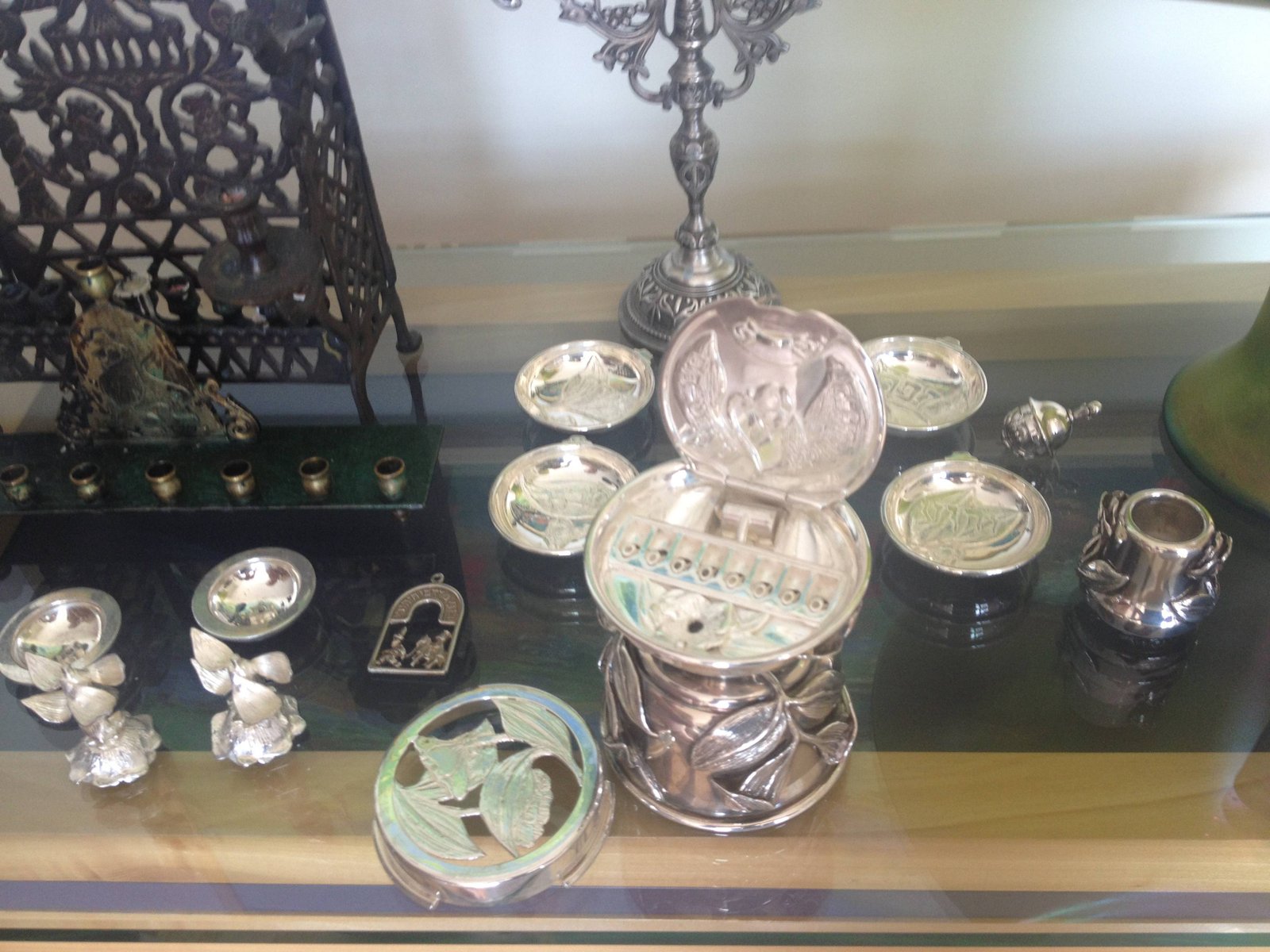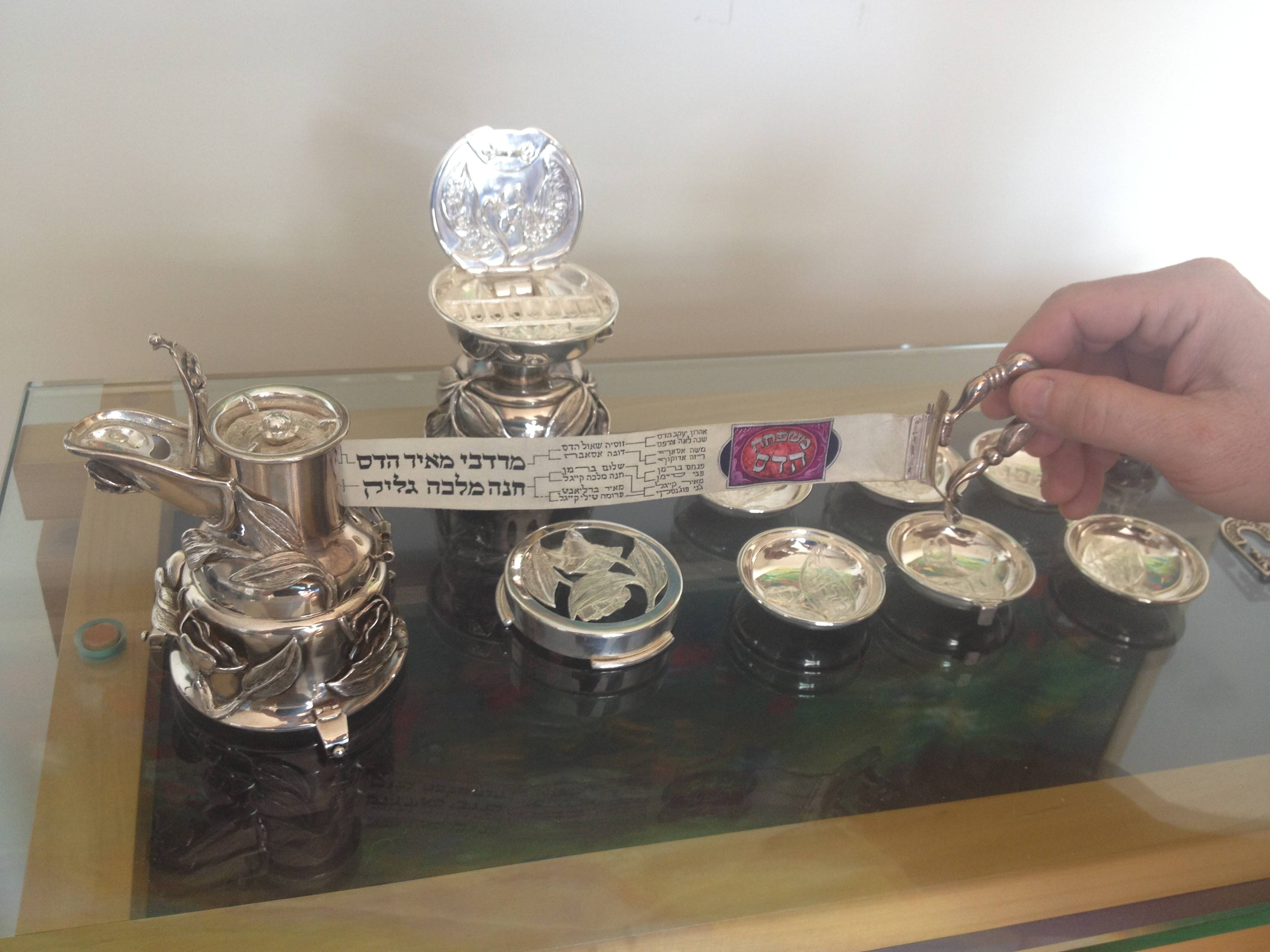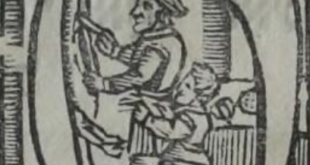No está claro el origen de este ‘dispositivo’ ni tampoco de la fuente de este artículo publicado en «Playing in the World Game» con fotografías de «imgur», solo que su autor dice que «Obtuve esto de mi abuelo después que él murió. Antiguamente lo usaban los judíos ocultos durante la inquisición; tiene la forma de una tetera pero contiene piezas de judaica- Una sinagoga escondida»
El Redditor que publicó esta increíble pieza de metal artístico dijo que lo había obtenido de su abuelo judío antes de morir, y los evaluadores de Reddit se volvieron locos: aunque el cartel original no expresa ninguna opinión sobre sus orígenes, varios expertos, personas que trabajan en museos y departamentos de historia, lo interpretaron como de cualquier lugar desde la Inquisición hasta la Segunda Guerra Mundial, suponiendo que fue utilizado por judíos para ocultar su religión a personas que los dañarían por su fe. Parece una interpretación razonable, ¿verdad? ¿Por qué otra razón elegirías un Optimus-Prime en tus objetos religiosos para que se amoldaran prolijamente a un objeto inofensivo que oculte su verdadero propósito?
Mucha gente sugirió que esto podría ser un hallazgo verdaderamente histórico, con mucha indignación sobre cómo PERTENECE EN UN MUSEO, pero resulta que están hablando del tipo equivocado de museo.


Debido a que internet es un lugar tan vasto, por supuesto, alguien más tenía uno propio y conocía sus orígenes (ver imágenes más abajo).
La pieza en realidad pertenece a una galería de arte antes de enviarla a cualquier archivo mundial de la historia judaica. En realidad, es una obra de arte realizada por el artista Yossi Swed, de Swed Master Works en Nueva York, en los últimos veinte años.
Hay lecciones en esta historia, como un dreidel escondido en una tetera. En primer lugar: los expertos cometen errores; podría llevar un artículo valioso a un tasador y, en realidad, podrían no saber realmente qué es y dar su mejor estimación educada. Segundo: el tipo de experto hace una diferencia: apostaría a que un orfebre, sin experiencia en la tradición judía, habría sido más valioso para determinar la edad de este trabajo que la cátedra de judaísmo en una universidad. Y, por último, lo obvio no siempre es la verdad; aunque esta tetera parecía tener claramente un valor histórico relacionado con el Holocausto, resulta que era puramente una obra de arte. Cada coleccionista y comerciante conoce los peligros de comprar algo de lo que no conoce por completo los orígenes de, y este es un ejemplo perfecto de cómo, en muchos niveles, las cosas raramente son lo que parecen.
———————
It is not clear the origin of this ‘device’ nor of the source of this article published in «Playing in the World Game» with photographs of «imgur», only that its author says that: I got this from grandfather before he died. First used by hidden Jews during the inquisition, it is shaped like a teapot, but contains many secret Judaica pieces. The Hidden Synagogue.
The Redditor who posted this amazing piece of metalwork said he had gotten it from his Jewish grandfather before he died, and the appraisers of Reddit went wild: although the original poster doesn’t voice any opinion on its origins, various experts — and truly experts, people who work in museums and history departments — interpreted it as ranging from anywhere from the Inquisition to World War II, figuring it was used by Jewish people to conceal their religion from people who would harm them for their faith. It seems like a reasonable interpretation, right? Why else would you go all Optimus-Prime on your religious items so that they fold up neatly into an innocuous item that conceals their true purpose?
Many people suggested that this pot could be a truly historical find, with much Indiana-Jonesing over how IT BELONGS IN A MUSEUM, but it turns out they’re talking about the wrong kind of museum.
Because the internet is such a vast place, of course somebody else had one of their own, and knew its origins:



The piece actually belongs in an art gallery before it should be sent to any world archives of Judaical history. It is actually an art piece made by artist Yossi Swed, of Swed Master Works in New York, within the past twenty years.
There’s lessons in this story, like a dreidel hidden in a teapot. First of all: Expert make mistakes; you might take a valuable item to an appraiser and they might, really, not actually know what it is and are giving their best educated guess. Second: the kind of expert makes a difference: I’d bet that a silversmith, with no expertise in Jewish tradition, would have been more valuable in determining the age of this work than the chair of Judaism at a university. And, lastly, the obvious isn’t always the truth; while this teapot was seemed to clearly be of historical Holocaust-related value, it turns out it was purely a work of art. Every collector and dealer knows the perils of buying something you don’t completely know the origins of, and this is a perfect example of how, on many levels, things are rarely ever what they seem.
Fuente: inherited-values.com
 eSefarad Noticias del Mundo Sefaradi
eSefarad Noticias del Mundo Sefaradi


Me parece maravilloso, es una joya de tanto valor. shalom
Imposible ser un objeto hecho por sefarditas, nosotros no jugamos ni usamos dreidel en januka, y la primera pieza es un dreidel…
Efectivamente los sefaradim no usamos dreidel, es una pieza moderna de 1980, creada por el artista Yossi Swed.
Ruego a los editores verifiquen la información antes de publicar
¿Se puede obtener una replica de dicha maravilla: «The Hiden Sinagogue».
Tanks & regards